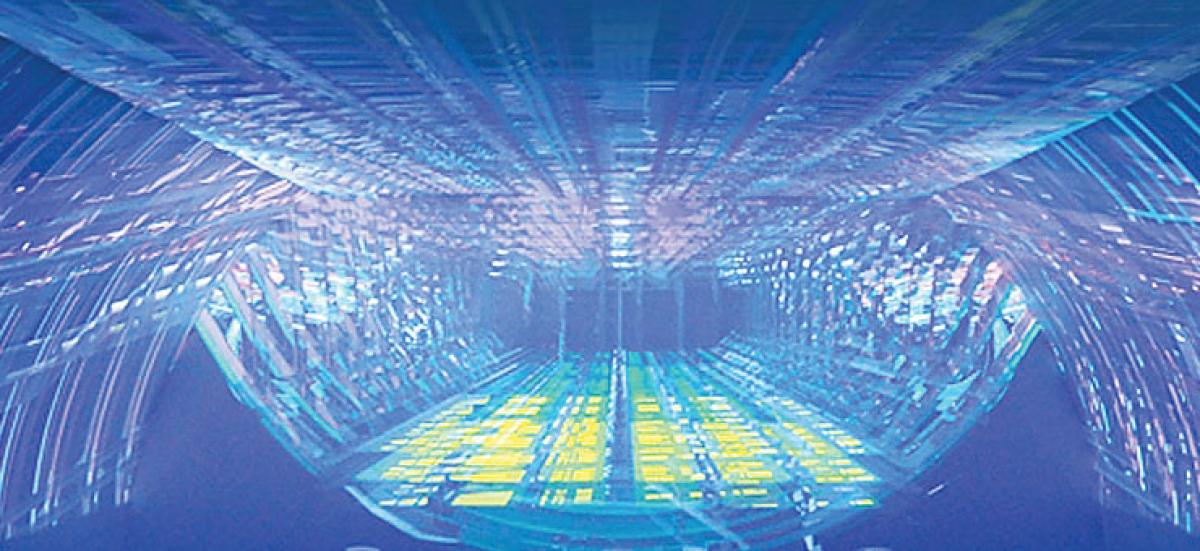Live
- An inspiring journey of an innovative teacher
- Commission on SC Sub-Castes Classification tours Prakasam
- CM Revanth Reddy Calls for Revival of Telugu Pride at World Telugu Federation Conference
- Crane owners appeal for waiver of life tax on AP registered cranes
- Kannada Writer and Thinker Dr Na. D'Souza Passes Away at 87
- PM to lay stone for rly zone on Jan 8
- Naidu's Kuppam to shine bright with solar power
- Deputy CM Bhatti Vikramarka Inaugurates Power Substation, Criticizes BRS
- Major Phase in Old City Metro Land Acquisition, Cheques to Be Distributed
- Tragic Road Accident Near Medchal Checkpost: Family of Three Killed, Child Injured
Just In

Humans can categorise data using less than one per cent of the original information, say scientists, including those of Indian-origin, who have found an algorithm to explain human learning. The method can also be used for machine learning, data analysis and computer vision, researchers said.
 Humans can categorise data using less than one per cent of the original information, say scientists, including those of Indian-origin, who have found an algorithm to explain human learning. The method can also be used for machine learning, data analysis and computer vision, researchers said.
Humans can categorise data using less than one per cent of the original information, say scientists, including those of Indian-origin, who have found an algorithm to explain human learning. The method can also be used for machine learning, data analysis and computer vision, researchers said.The researchers created three families of abstract images at 150x150 pixels, then very small 'random sketches' of those images. Test subjects were shown the whole image for 10 seconds, then randomly shown 16 sketches of each. Using abstract images ensured that neither humans nor machines had any prior knowledge of what the objects were. "We were surprised by how close the performance was between extremely simple neural networks and humans," Vempala said. "This fascinating paper introduces a localised random projection that compresses images while still making it possible for humans and machines to distinguish broad categories," said Sanjoy Dasgupta, professor at the University of California San Diego. The study was published in the journal Neural Computation.

© 2024 Hyderabad Media House Limited/The Hans India. All rights reserved. Powered by hocalwire.com







